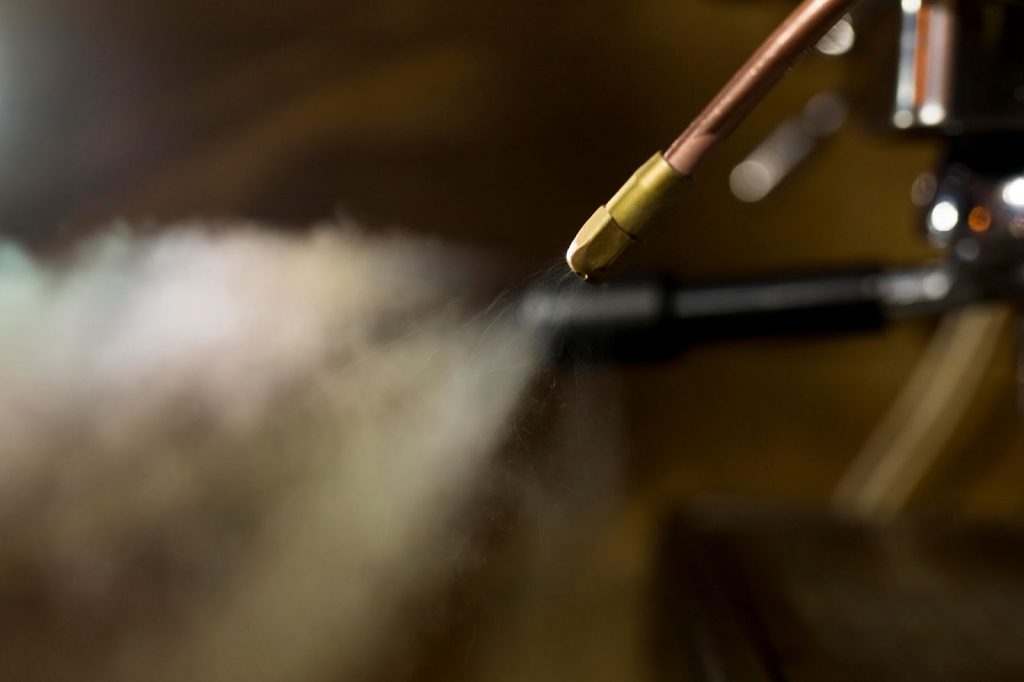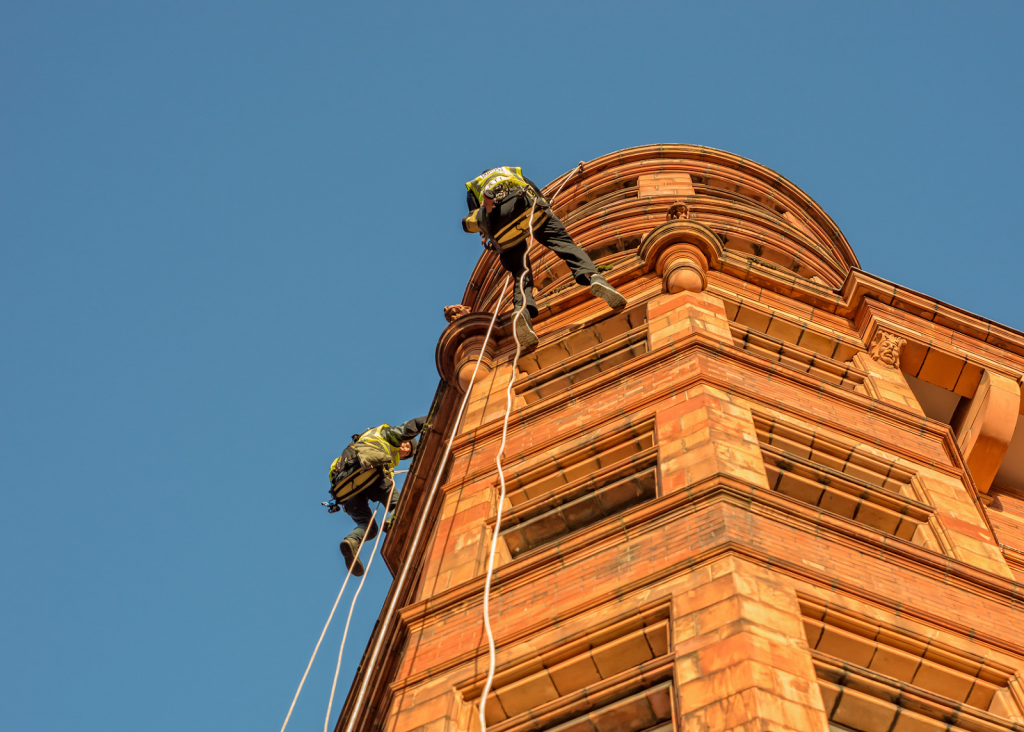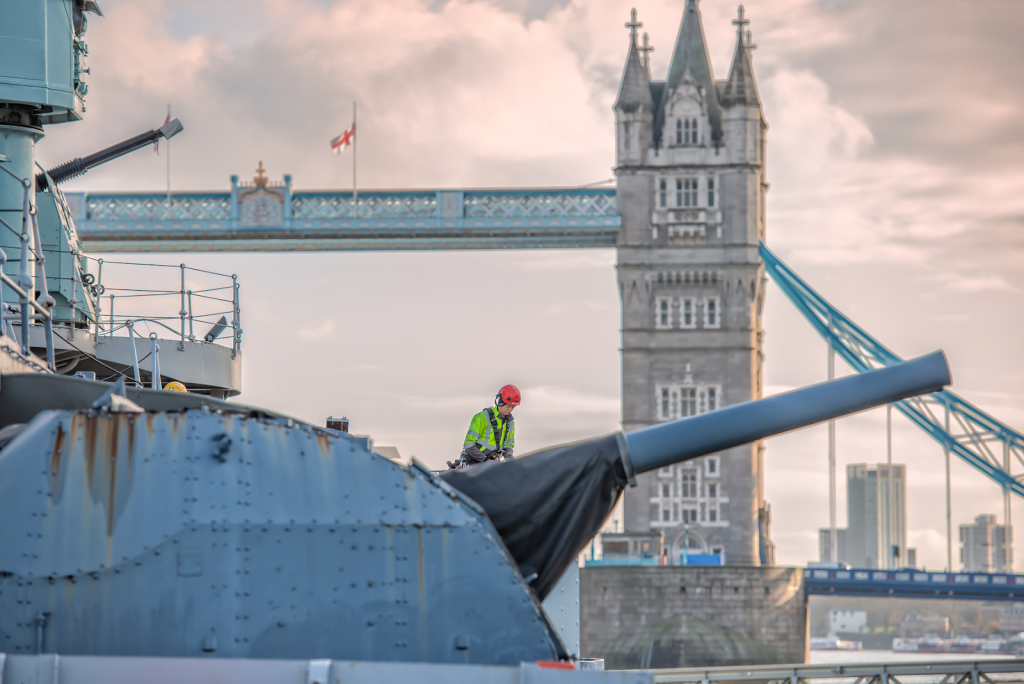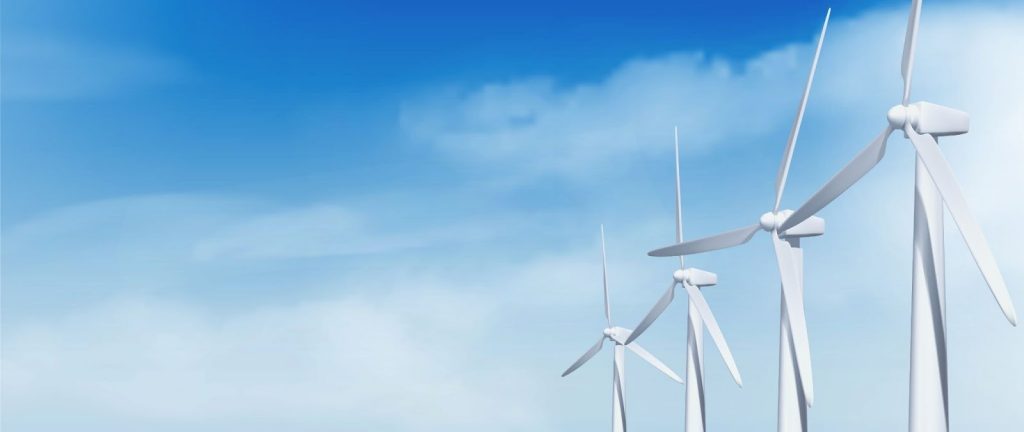
The North Sea has witnessed a remarkable transformation over the past decade. Where oil and gas platforms once dominated the seascape, sleek wind turbines now rise from the waves.
As the UK races towards its ambitious target of 50GW of offshore wind capacity by 2030, the conversation has evolved beyond mere installation numbers. Government ministers and industry leaders understand that true sustainability requires a complete reimagining of how we source materials, develop skills, manufacture components, and maintain these colossal structures throughout their operational life.
At RAIL, we’ve witnessed this evolution first-hand through our work on wind turbines and industrial installations. Our technicians — welders, electricians, painters, and specialists who work at dizzying heights — have become integral to an industry that’s learning to balance environmental responsibility with economic pragility.
How is the UK Ensuring Local Content in Offshore Wind Supply Chains?
The question of local content has become something of a thorny issue in British offshore wind development. For years, the UK excelled at providing seabed rights and financing wind farms, only to watch as turbines manufactured in Denmark, Germany, and Spain were shipped across the North Sea for installation.
The government’s response has been decisive, if overdue. Through Contracts for Difference (CfD) auctions, developers now face increasingly stringent requirements to demonstrate UK supply chain engagement.
It’s not quite protectionism — international trade rules wouldn’t allow it — but rather a system of incentives and expectations that’s gradually reshaping procurement decisions.
The Rise of Regional Manufacturing Hubs
The northeast of England has emerged as Britain’s answer to European manufacturing dominance.
Teesside and the Humber region are transforming into offshore wind powerhouses, with blade factories, foundation fabrication yards, and assembly facilities sprouting up along the coastline. We’re talking about multi-million-pound investments that will employ thousands and establish genuine centres of expertise.
Vertical Integration and Strategic Partnerships
Leading developers are increasingly pursuing vertical integration strategies, taking equity stakes in supply chain companies or forming long-term partnerships that guarantee UK content.
Ørsted’s partnership with Siemens Gamesa on the Humber blade factory exemplifies this approach — creating binding commitments that extend far beyond a single project.
Can Green Manufacturing Transform the Offshore Wind Sector?
The phrase “green manufacturing” might sound like an oxymoron. Manufacturing has traditionally been associated with smoke stacks, toxic waste, and enormous carbon footprints.
Yet, the offshore wind supply chain must embody environmental sustainability, or risk undermining the very purpose it serves.
The UK government recognises this tension and has introduced policies encouraging suppliers to adopt cleaner production methods.
The question is whether these initiatives will meaningfully transform how turbine components, foundations, and cables are manufactured.
Decarbonising Steel and Cement Production
Steel and concrete form the backbone of offshore wind infrastructure — quite literally. A single turbine foundation can contain thousands of tonnes of steel and concrete, materials whose production typically generates significant CO2 emissions.
- Traditional blast furnace steelmaking is particularly carbon-intensive, as is cement production, which accounts for roughly 8% of global emissions.
- Electric arc furnaces using recycled steel scrap can dramatically reduce emissions, whilst novel cement formulations incorporating industrial waste products like fly ash can cut the carbon intensity of concrete by 30-40%.
- Some suppliers are going further, investigating hydrogen-based steelmaking processes that could eliminate fossil fuels entirely from primary steel production.
Renewable Energy for Manufacturing
An obvious but crucial point: manufacturing facilities for wind turbine components should themselves run on renewable energy. The irony of building clean energy infrastructure using electricity from coal plants hasn’t been lost on critics, and manufacturers have responded.
Several UK offshore wind component factories now operate on 100% renewable electricity, often purchasing directly from operational wind farms through corporate power purchase agreements.
This closed-loop approach — wind power manufacturing wind turbines — represents genuine progress towards circular economy principles.
Beyond electricity, manufacturers are scrutinising every aspect of their energy consumption. Heat treatment processes, coating applications, and materials transport all present opportunities for decarbonisation.
We’ve worked on industrial facilities where our building maintenance services now include installing energy-efficient lighting, improving insulation, and applying reflective coatings that reduce cooling demands.
These might seem like marginal gains, but across dozens of facilities, they accumulate into significant emissions reductions.
Circular Economy Principles and End-of-Life Planning
Perhaps the ultimate test of sustainable supply chains is what happens when equipment reaches end-of-life. Early offshore wind farms are now approaching decommissioning, and the industry faces a moment of truth: will turbine components end up in landfills, or can they be recovered, recycled, and repurposed?
The UK is developing a framework for circular offshore wind supply chains that addresses this challenge head-on. Steel components can be recycled relatively easily, but composite materials used in turbine blades have proven more problematic.
However, innovative companies are developing recycling processes that break down composites for use in cement production or other applications.
As turbines are decommissioned, they require careful dismantling — work that demands skilled technicians, particularly welders and rope access specialists who can safely disassemble components at height.
Conclusion: Building Resilience Through Sustainability
The UK’s commitment to sustainable supply chains for offshore wind is a pragmatic recognition that long-term success requires resilience. And resilience comes from building robust, locally-grounded capabilities that can withstand global disruptions.
At RAIL, we’re proud to contribute to this vision. We’re part of an ecosystem that’s rebuilding Britain’s industrial capabilities around sustainable principles.
Nonetheless, the journey towards truly sustainable offshore wind supply chains has only just begun.


















